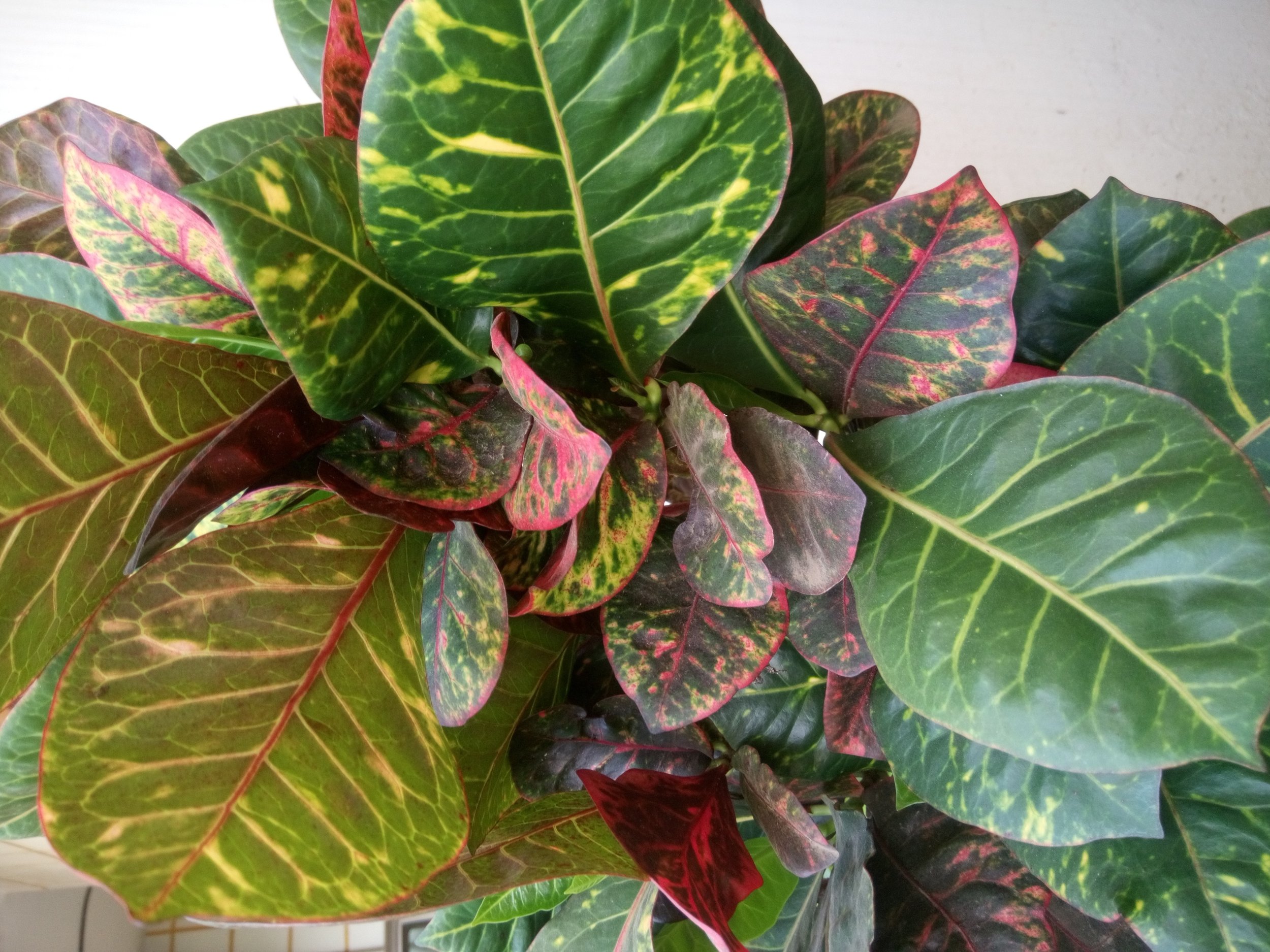Pay attention to the Leaf color
Introduction
We all know that plants have green leaves – well most of them ! But did you know that every type of plant has a particular green that is specific to each species. Its derived from the percentage of chlorophyll (green), crystals (yellow, orange, brown), and other substances (blue, violet, red) to each other. Some are similar – but many are not.
This is what is called the “base” green color for that species. And for the sake of not making this more complex – I am only presenting changes to green leaves – not leaves of any other color. That’s a blog for another day !
Observation
Keep in mind - the “normal” color changes due to ageing in a leaf is a gradual and uniform yellowing of the entire older leaf.
Any variation from the expected green hue usually indicates an issue that needs attention. Same goes for patterns of color, or colored dots, spots and curls.
Changes in Hue
Here are some changes you may observe and what they could possibly mean.
Pale to white - too much sun
Greener than expected - shade grown
Loss of variegation – low light
Even pale yellow – low nitrogen, soil is leached, or insufficient fertilizing
Older leaves are purplish – low phosphorus
Purplish hue – response to cold temperatures
Orange, red or salmon – response to Fall temperatures
Patterns
Green tissue with yellow veins – chlorosis
Yellow tissue with green veins – low magnesium
Even yellowing from margins to center of leaf – low nitrogen
Yellowing of margins and progressive browning on entire leaf – low potassium
New leaves are yellow and/or stunted – low nitrogen
Old leaves are yellow new ones are green – low nitrogen or iron
New leaves are yellow and old ones are green – low magnesium
Much smaller new leaves – low nitrogen
Redish streaks or marginal reddish area – sun block produced by plant
Spots, dots and curls
Purplish spots – low magnesium
Speckled leaves – sucking insects
Symmetrical patterns or mottled areas with no color – virus
Leaf cupping upwards – low magnesium
Leaf cupping downwards – low light
Tan colored blisters – edema caused by too much water in the leaf
Typical aging leaf
Gradual and uniform
Pale to white
Sunbleached
Loss of variegation
Placed in low light
Yellow veins
Chlorosis - low Nitrogen or Iron
Green veins
Low Magnesium
New leaves yellow older green
Low Nitrogen
Pink or reddish streaks
Sunblock made by plant
Pale and speckled
Spider mites
Loss of green in a pattern
Virus disease
Purplish
Anthocyanin response to cold
Purple spots
Low Magnesium
Leaf cupped downards
Low light - also has white mildew !
Observation is the key to gardening !
Call us - we know !
PLANT SPECIALISTS
GREENING NEW YORK FOR OVER 53 YEARS !
Article written by our Staff Horticulturist, Peter B Morris, BSc, MSc, MBA
All photographs used with permission @SHUTTERSTOCK












